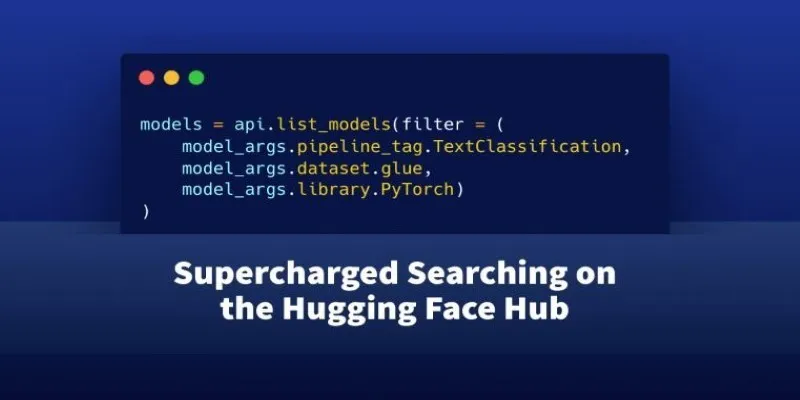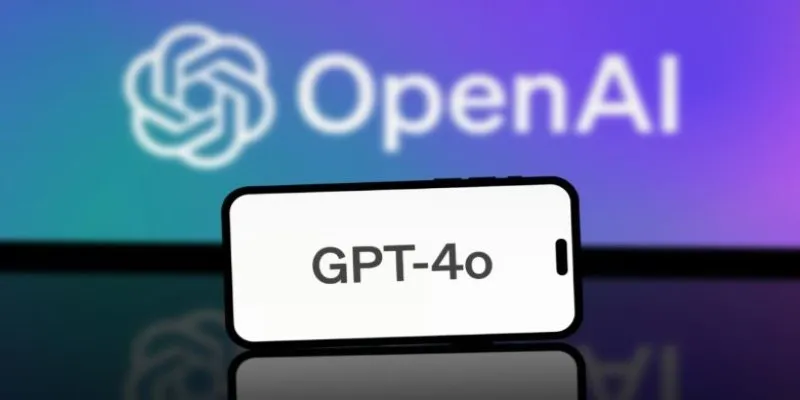Running large language models like GPT-J 6B no longer requires a massive engineering team or a room full of servers. Thanks to open-source libraries like Hugging Face Transformers and managed platforms such as Amazon SageMaker, deploying powerful AI models is now more accessible than ever. GPT-J 6B offers the capabilities of proprietary models without the licensing hurdles, making it a favorite among developers and researchers.
This guide focuses on how to get GPT-J 6B up and running for inference using SageMaker—quickly, reliably, and with minimal setup. Whether you’re prototyping or preparing for production, the steps here will help you deploy with confidence and clarity.
Why GPT-J 6B and SageMaker are a Perfect Match
GPT-J 6B, developed by EleutherAI, boasts 6 billion parameters and uses a Transformer-based decoder architecture similar to GPT-3. It supports natural language tasks like summarization, code generation, translation, and creative writing. As an open-source model, it provides developers with the flexibility to fine-tune or integrate it into applications without commercial constraints.

SageMaker simplifies the model deployment process, especially for models requiring significant computing power. It offers managed instances with access to high-performance GPUs, allowing you to deploy and scale large models efficiently. For example, when deploying GPT-J, you don’t have to handle CUDA versions, driver setups, or containerization. You only need to define your model ID and task; SageMaker takes care of the rest.
One of the main advantages of SageMaker is its integration with Hugging Face’s model hub, enabling you to deploy pre-trained models with just a few lines of code. The deep learning containers provided by AWS come pre-configured with PyTorch and Transformers, eliminating the need to prepare custom images. This allows for quick testing, production deployment, or building an API around a model like GPT-J.
Setting Up the Environment and Resources
Deploying GPT-J 6B requires a robust computing setup due to its size. You’ll typically need a powerful GPU instance, such as ml.g5.12xlarge or ml.p4d.24xlarge. These instances are designed for high-throughput inference and can run models with billions of parameters. While smaller models might run well on lighter instances, GPT-J demands more VRAM and processing power to avoid memory errors or sluggish performance.
Before getting started, install the required packages in your Python environment:
pip install sagemaker transformers datasets huggingface_hub
Next, set up a SageMaker execution role. This role grants SageMaker permission to access your S3 buckets, model data, and perform deployment tasks. If you’re using SageMaker Studio or a notebook instance, the role is often created automatically. Otherwise, it can be configured via the AWS console with predefined policies.
The Hugging Face DLCs on SageMaker are ready-to-use containers that remove the need for building your own Docker image. They support multiple versions of PyTorch and Transformers, so ensure you pick one that matches your local development version to avoid compatibility issues.
Deploying GPT-J 6B with Hugging Face Transformers on SageMaker

To deploy GPT-J 6B on SageMaker, follow these simple configuration steps. The model can be pulled directly from the Hugging Face Hub using its model ID: EleutherAI/gpt-j-6B. Hugging Face Transformers supports various tasks such as text generation, translation, and summarization out of the box.
Here’s a basic example of how to deploy the model:
from sagemaker.huggingface import HuggingFaceModel
import sagemaker
role = "your-sagemaker-execution-role"
hub = {
'HF_MODEL_ID': 'EleutherAI/gpt-j-6B',
'HF_TASK': 'text-generation'
}
huggingface_model = HuggingFaceModel(
transformers_version='4.26.0',
pytorch_version='1.13.1',
py_version='py39',
env=hub,
role=role
)
predictor = huggingface_model.deploy(
initial_instance_count=1,
instance_type='ml.g5.12xlarge'
)
This code uses the Hugging Face model ID to fetch GPT-J from the model hub and deploys it on SageMaker. Once the model is deployed, you can start making predictions. To generate text from the model:
response = predictor.predict({
"inputs": "Translate English to French: The weather is nice today.",
"parameters": {"max_length": 50, "do_sample": True}
})
print(response)
You can control the output length, randomness, and style using inference parameters like temperature, top_k, and repetition_penalty. These allow you to adjust the tone and creativity of the model’s output depending on your use case.
Performance, Scaling, and Cost Considerations
When working with a large model like GPT-J 6B, performance and cost are closely linked. Inference time depends on input length, model complexity, and output length. The larger the prompt and response, the more GPU time and memory you’ll need. SageMaker gives you the option to use high-performance instances with multiple GPUs, which reduces latency but increases cost.
For better cost control, you can enable autoscaling. This helps handle fluctuating traffic by adding or removing instances as needed. For tasks that don’t require immediate results, asynchronous inference is an effective option. It queues incoming requests, processes them in the background, and stores results in S3. This keeps costs down while ensuring that all inputs are processed.
Batch transform is another way to manage cost and performance. With batch jobs, you can process large volumes of text offline instead of maintaining a live endpoint. This works well when generating responses for documents, support tickets, or datasets in bulk.
If you’re only experimenting or testing prompts, remember to delete the endpoint after use:
predictor.delete_endpoint()
Leaving endpoints running unnecessarily can quickly lead to high charges, especially on GPU-backed instances.
Conclusion
Deploying GPT-J 6B for inference using Hugging Face Transformers and Amazon SageMaker is a reliable way to access powerful language generation without managing your hardware. This setup offers flexibility, ease of use, and the ability to scale as needed. Whether you’re building applications that generate content, automate tasks, or support users through language-based responses, this method keeps deployment manageable. SageMaker handles the heavy lifting, while Hugging Face provides access to a proven model. Once deployed, you can run advanced NLP tasks at scale while controlling costs and performance. It’s a balanced approach that makes large model usage more accessible and efficient.
For further exploration, consider visiting Hugging Face’s documentation and Amazon SageMaker’s guides to enhance your deployment strategy.
 zfn9
zfn9























